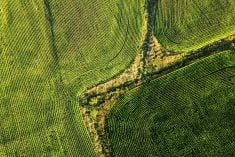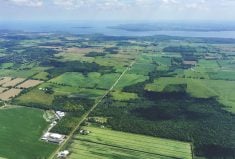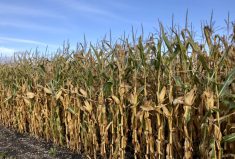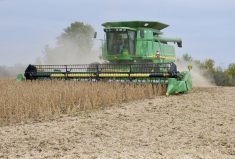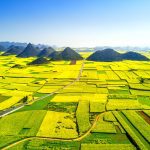As the global economic roller coaster trip continues, will the pandemic radically change Ontario’s farmland values?
Probably not, say analysts, though fewer transactions are likely.
Why it matters: COVID-19 will likely impact the number of people selling farmland, but not the overall value, according to analysts.
In the extreme corner of southwestern Ontario, a virtual corridor of greenhouses now exists along the entirety of Leamington’s Highway 77. The result of rapid expansion in the area’s indoor vegetable and cannabis production, land values in the immediate vicinity have in some cases quadrupled in just a few years.
Read Also
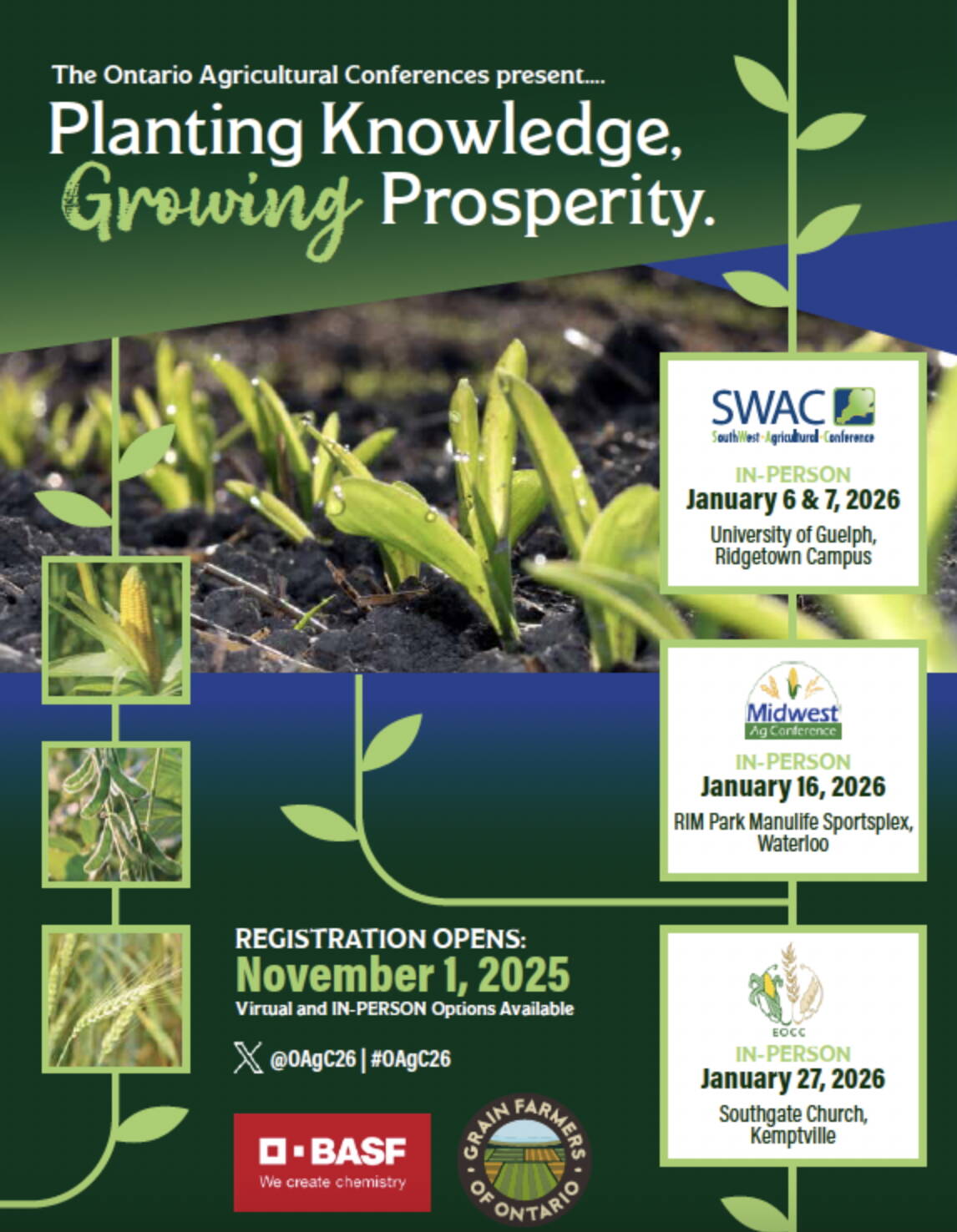
Registration open for Ontario Agricultural Conference
The Ontario Agricultural Conference 2026 offers in-person and online access to expert insights, hands-on learning, and networking opportunities.
“I put in an offer of $12,000 an acre. They were stuck at $18,000. We went to meet in the middle, but I paused a little too long,” says one local farmer in reference to a 51-acre farm he recently tried to purchase.
Like other transactions in recent years, the farm instead sold to a greenhouse business for between $32,000 and $35,000 an acre. The heavy clay soil of the vicinity, just a few years prior, was more likely to command $8,000-$10,000 from the farm community.
Similar prices have been seen and discussed in coffee shops elsewhere in the province, such as north of Woodstock or within the Greater Toronto Area. However, these cases – as well as those where values have fallen – represent anomalies in an overall stable increase.
Ryan Parker, partner with London area real estate appraiser Valco, says his company’s most recent survey of southwestern Ontario land values indicates 2019 brought an average increase of 5.7 per cent.
“The change from 2018 to 2019 has been similar since 2013 and 2014. It’s in that 10 per cent bracket. That’s something I think a lot of us would have predicted,” says Parker, adding the increase is considered stable overall.
Reduced number of sales
Despite generally increasing values, last year saw approximately 15 per cent fewer sales. While Parker does not think this is a particularly noteworthy statistic on its own, he does believe the comparatively high volume of transactions experienced over the last five to 10 years means sale numbers will continue to decline this year.
“I wouldn’t say there’s any spot specifically in this country where we’ve had a major shift in one direction, its really more about saying where the sales came from,” Parker says.
Last year’s troubled growing season, he says, was likely a factor in the 15 per cent reduction. This year, the uncertainty wrought by COVID-19 is another.
“As appraisers we’re always looking at historical data. From the value end, I’ve seen no change in value. As far as a general trend I’d say we’re holding,” says Parker.
“There are fewer sales though. Some of that is driven by both buyers being more skittish due to cash flow concerns, plus sellers who don’t have to sell – they just won’t. Just in case they don’t get what they want.”
He adds the ongoing pandemic is now holding into the growing season – a time of year when land transactions traditionally take a backseat to more pressing concerns.
“A lot of times there are not a lot of deals made in May. The deals I was already involved with didn’t really change during COVID.”
A question of cashflow
Parker said there are exceptions to the rule, such as the quasi-industrial use of land by Leamington’s greenhouse sector, that do not factor into his company’s analysis. But such anomalies tend to be concentrated in small areas.
In any case, he reiterates the buying and selling of land relates heavily to cash flow, and that nearly all sectors are experiencing some form of labour, supply, and other challenges.
“Land values will always be one of the last things cash flow will impact,” he says.
He added that Ontario’s farm landscape is “nowhere near people selling when they don’t have to.”
“I also think if it’s that right farm at the right time, you’re still going to see those numbers if there are the right kind of buyers.”






